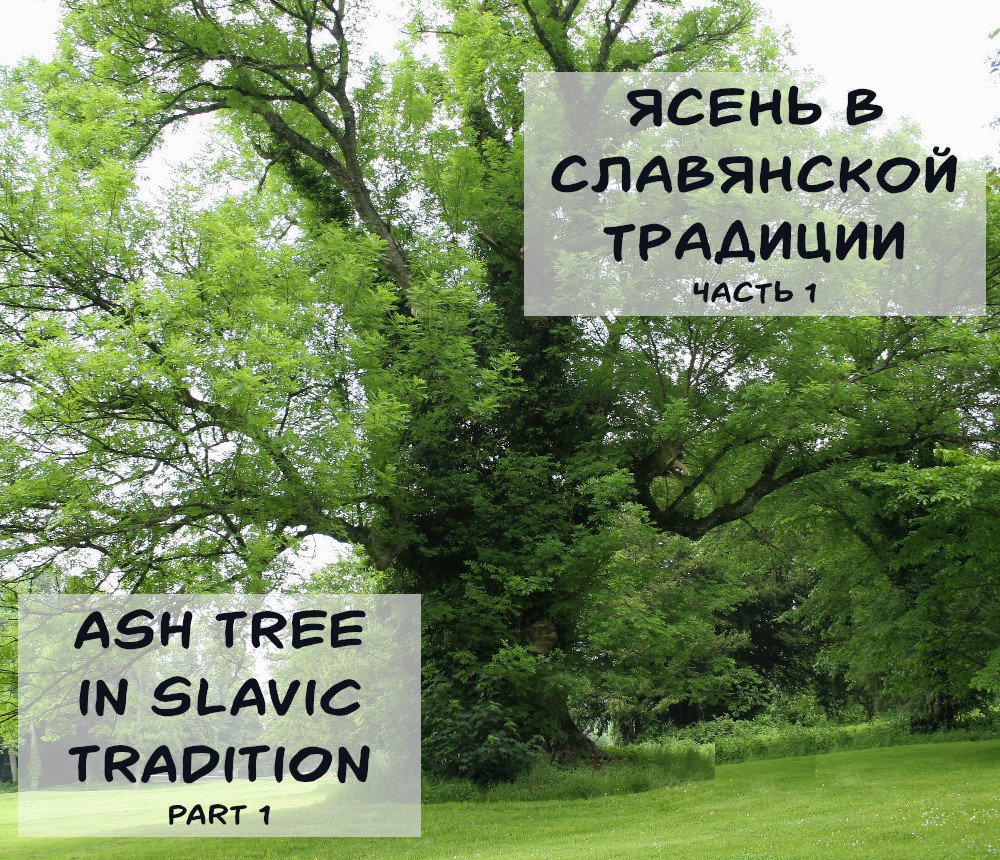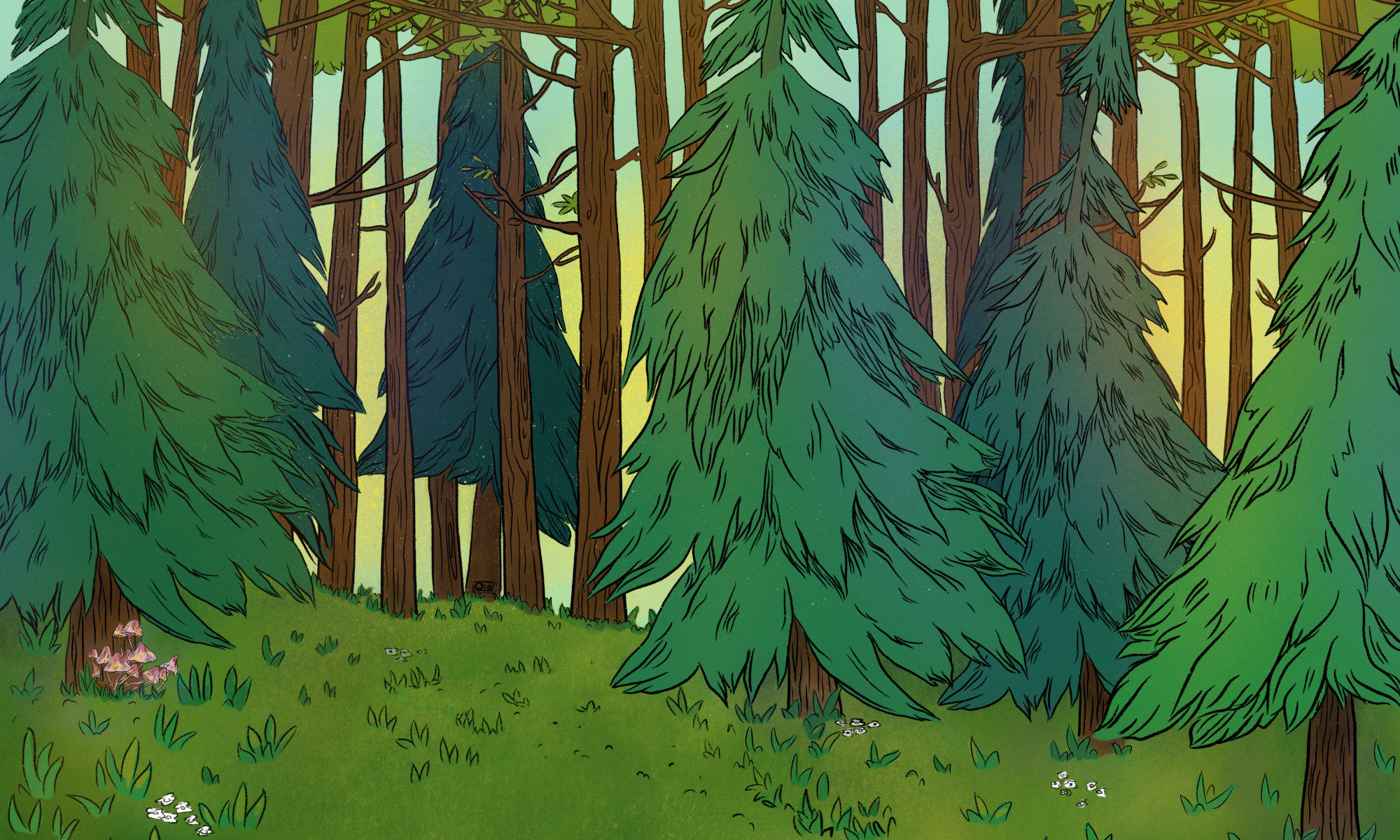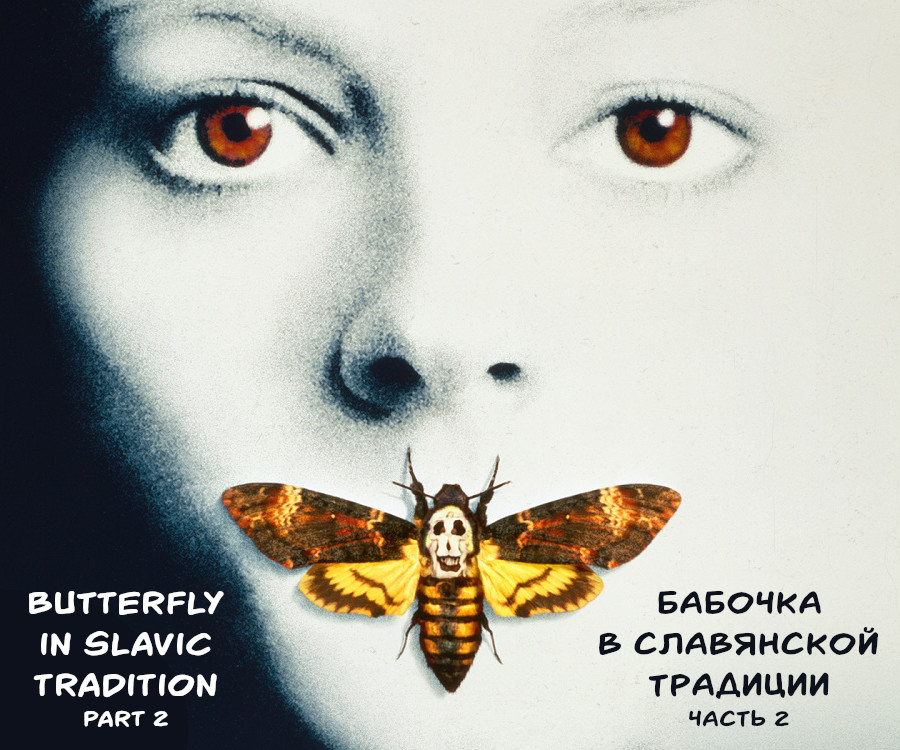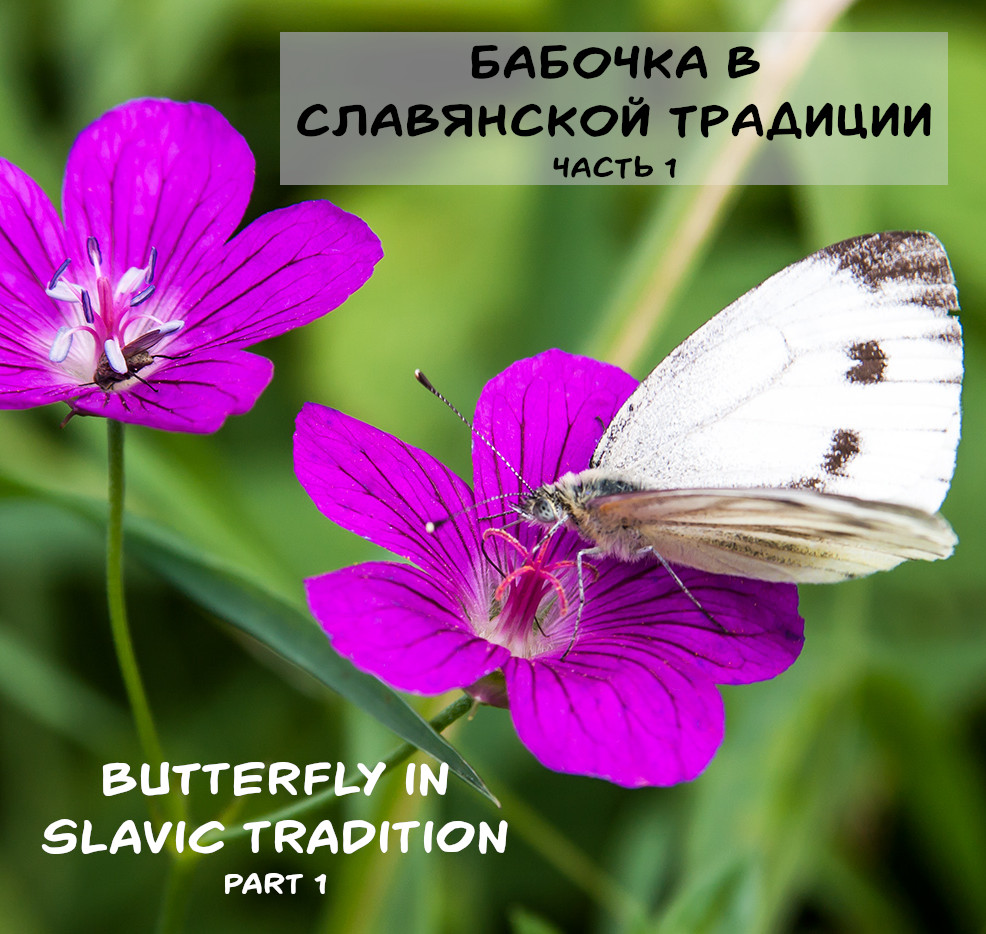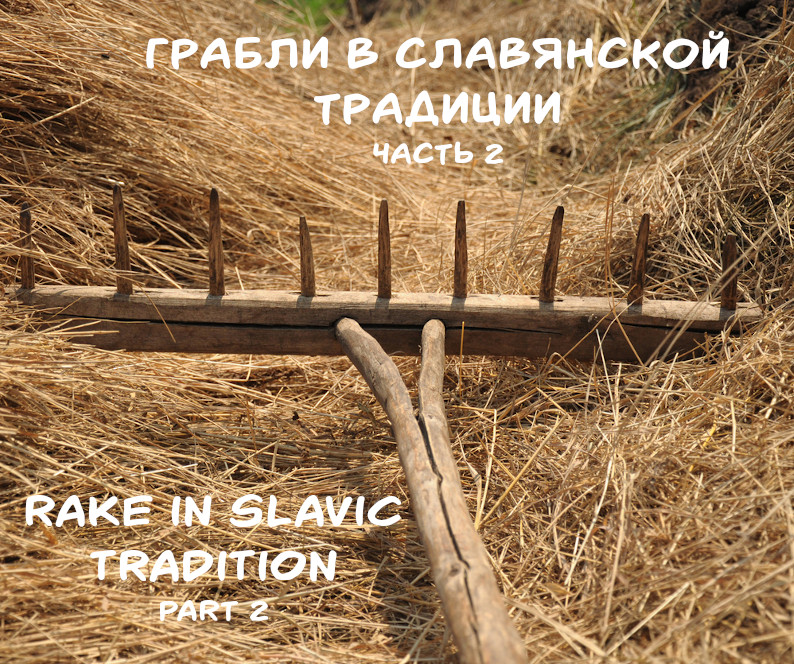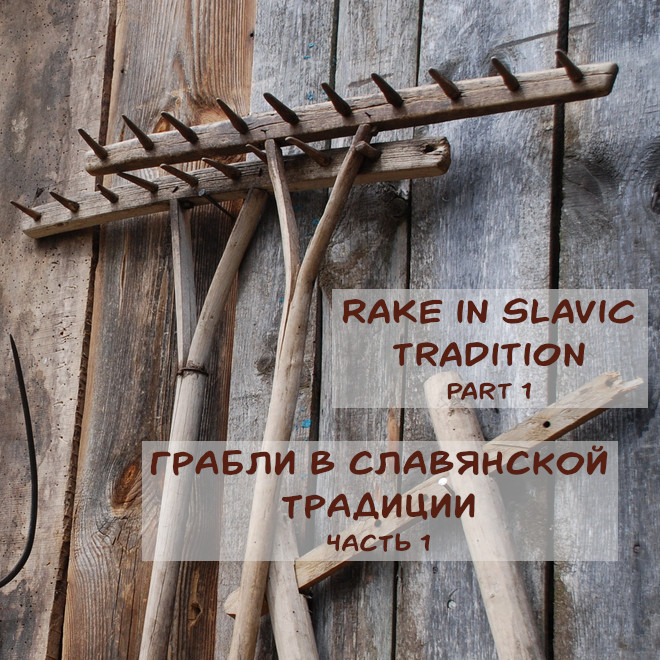In Bulgaria, there is a legend about the origin of the ash tree. One girl married a serpent and gave birth to three children. When the girl went to visit her family, her brothers, wanting to rid her of the serpent, began asking the children about where their home was. Both her sons were silent, but her daughter betrayed the secret. So the mother cursed her children, turning the boys into oak and ash, and the girl into aspen, which always trembles with leaves…
ꏍ
Ancient Slavs treated ash tree with special honor. In Serbia it was used as “zapis” (a sacred tree in a village, which played a role of an open-air temple). Cult objects were also decorated with ash tree branches. Eastern and Southern Slavs often used ash wood chips and twigs to obtain “living” fire (produced by rubbing wood against wood). Slavs believed that this fire cleans people and livestock from diseases, especially during epidemics. In Croatia people thought that if a person bends an ash branch and rolls under it from west to east, he could turn into a wolf. Would anyone dare to check?
ꏍ
To be continued…
